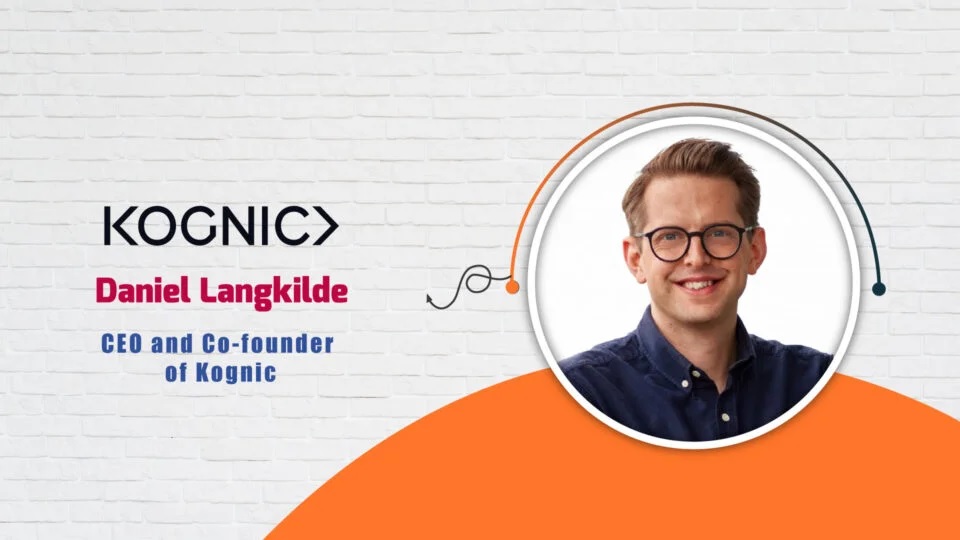To start, Daniel, could you please provide a brief introduction to yourself and your work at Kognic?
I’m an experienced machine-learning expert and passionate about making AI useful for safety critical applications. As CEO and Co-Founder of Kognic, I lead a team of data scientists, developers and industry experts. The Kognic Platform empowers industries from autonomous vehicles to robotics – Embodied AI as it is called – to accelerate their AI product development and ensure AI systems are trusted and safe.
Prior to founding Kognic, I worked as a Team Lead for Collection & Analysis at Recorded Future, gaining extensive experience in delivering machine learning solutions at a global scale and I’m also a visiting scholar at both MIT and UC Berkeley.
Can you give our audience an overview of what AI alignment is and why it’s important in the context of artificial intelligence?
AI alignment is a new scope of work that aims to ensure that AI systems achieve their desired outcomes and work properly for humans. It aims to create a set of rules to which an AI-based system can refer when making decisions and to align those decisions with human preferences.
Imagine playing darts, or any game for that matter, but not agreeing on what the board looks like or what you get points for? If the product developer of an AI system cannot express consistent and clear expectations through feedback, the system won’t know what to learn. Alignment is about agreeing on those expectations.
How does ensuring AI alignment contribute to the safe and ethical development of Embodied AI?
A significant amount of the conversation around AI alignment has been on its ability to mitigate the development of a ‘God-like’ super powered AI that would no longer work for humans and potentially pose an existential threat. Whilst undoubtedly an important issue, such focus on AI doomsday predictions doesn’t reflect the likelihood of such an eventuality, especially in the short or medium term.
However, we have already seen how the misalignment of expectations between humans and AI systems has caused issues over the past year, from LLMs such as ChatGPT generating false references and citations to its ability to generate huge amounts of misinformation. As Embodied AI becomes more common – where AI is embedded in physical devices, such as Autonomous Vehicles – AI Alignment will become even more integral to ensure the safe and ethical development of AI systems over the coming years.
To wrap up, what advice would you give to organisations or researchers who are actively working on AI alignment and ethics in artificial intelligence? What steps can they take to make progress in this field?
Our team at Kognic is bullish on AI and the promise that it can improve our world. For this, the biggest advantage to exploit is a mindset that consistently challenges the immediate way of working – particularly when results from an AI product are not what you expect. We are telling the “machine” what to aspire to, what to aim for… And that job doesn’t end. Keep at it and improvements will cascade into more efficient and safer AI experiences.
To Know More, Read Full Article @ https://ai-techpark.com/aitech-interview-with-daniel-langkilde/
Read Related Articles:










